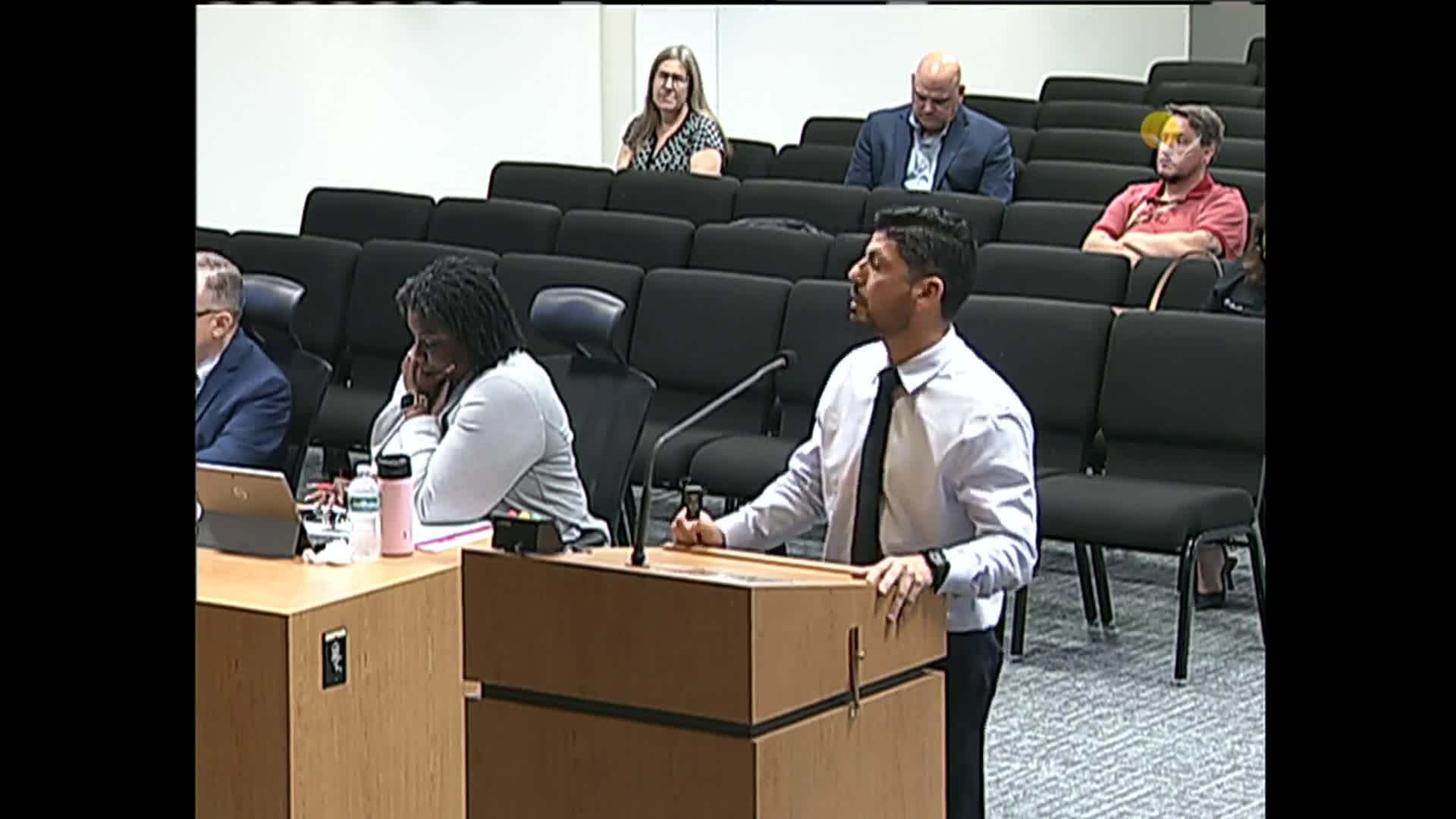Pasco County evaluates traffic data for enhanced micro mobility safety strategies
June 25, 2025 | Pasco County, Florida
This article was created by AI summarizing key points discussed. AI makes mistakes, so for full details and context, please refer to the video of the full meeting. Please report any errors so we can fix them. Report an error »

In a recent special meeting of the Pasco County Metropolitan Planning Organization (MPO), officials gathered to discuss critical advancements in traffic monitoring and safety measures aimed at enhancing mobility throughout the county. The atmosphere was charged with a sense of urgency as members reviewed the outcomes of eight public outreach meetings and field presentations that explored various technologies for traffic data collection.
The discussions highlighted the importance of high-quality data in making informed decisions about traffic management. Officials emphasized that utilizing advanced technologies, such as smart cameras alongside traditional data collection methods, could significantly improve the county's traffic monitoring capabilities. This data will not only aid in local decision-making but will also be integrated into the Florida Department of Transportation's (FDOT) statewide repository, enhancing collaboration across regions.
A key point of contention arose regarding specific intersections, particularly in Port Richey, where safety concerns were raised about pedestrian and vehicle interactions. Members expressed the need for tailored solutions at different intersections, acknowledging that each location presents unique challenges. The conversation shifted towards potential strategies, including the possibility of creating underpasses or dedicated crosswalks to minimize conflicts between pedestrians, cyclists, and vehicles.
As the meeting progressed, the focus turned to the upcoming redesign of Grand Boulevard, a critical intersection in Port Richey. Officials discussed the importance of incorporating the newly gathered data into the engineering plans to ensure that safety measures are effectively addressed. The urgency of these discussions underscored the necessity of proactive planning in light of increasing traffic and pedestrian activity in the area.
The meeting concluded with a commitment to continue leveraging technology and data to enhance traffic safety and mobility in Pasco County. As officials left the room, the weight of their responsibility lingered in the air—a reminder that the decisions made today will shape the future of transportation in their community.
The discussions highlighted the importance of high-quality data in making informed decisions about traffic management. Officials emphasized that utilizing advanced technologies, such as smart cameras alongside traditional data collection methods, could significantly improve the county's traffic monitoring capabilities. This data will not only aid in local decision-making but will also be integrated into the Florida Department of Transportation's (FDOT) statewide repository, enhancing collaboration across regions.
A key point of contention arose regarding specific intersections, particularly in Port Richey, where safety concerns were raised about pedestrian and vehicle interactions. Members expressed the need for tailored solutions at different intersections, acknowledging that each location presents unique challenges. The conversation shifted towards potential strategies, including the possibility of creating underpasses or dedicated crosswalks to minimize conflicts between pedestrians, cyclists, and vehicles.
As the meeting progressed, the focus turned to the upcoming redesign of Grand Boulevard, a critical intersection in Port Richey. Officials discussed the importance of incorporating the newly gathered data into the engineering plans to ensure that safety measures are effectively addressed. The urgency of these discussions underscored the necessity of proactive planning in light of increasing traffic and pedestrian activity in the area.
The meeting concluded with a commitment to continue leveraging technology and data to enhance traffic safety and mobility in Pasco County. As officials left the room, the weight of their responsibility lingered in the air—a reminder that the decisions made today will shape the future of transportation in their community.
View full meeting
This article is based on a recent meeting—watch the full video and explore the complete transcript for deeper insights into the discussion.
View full meeting